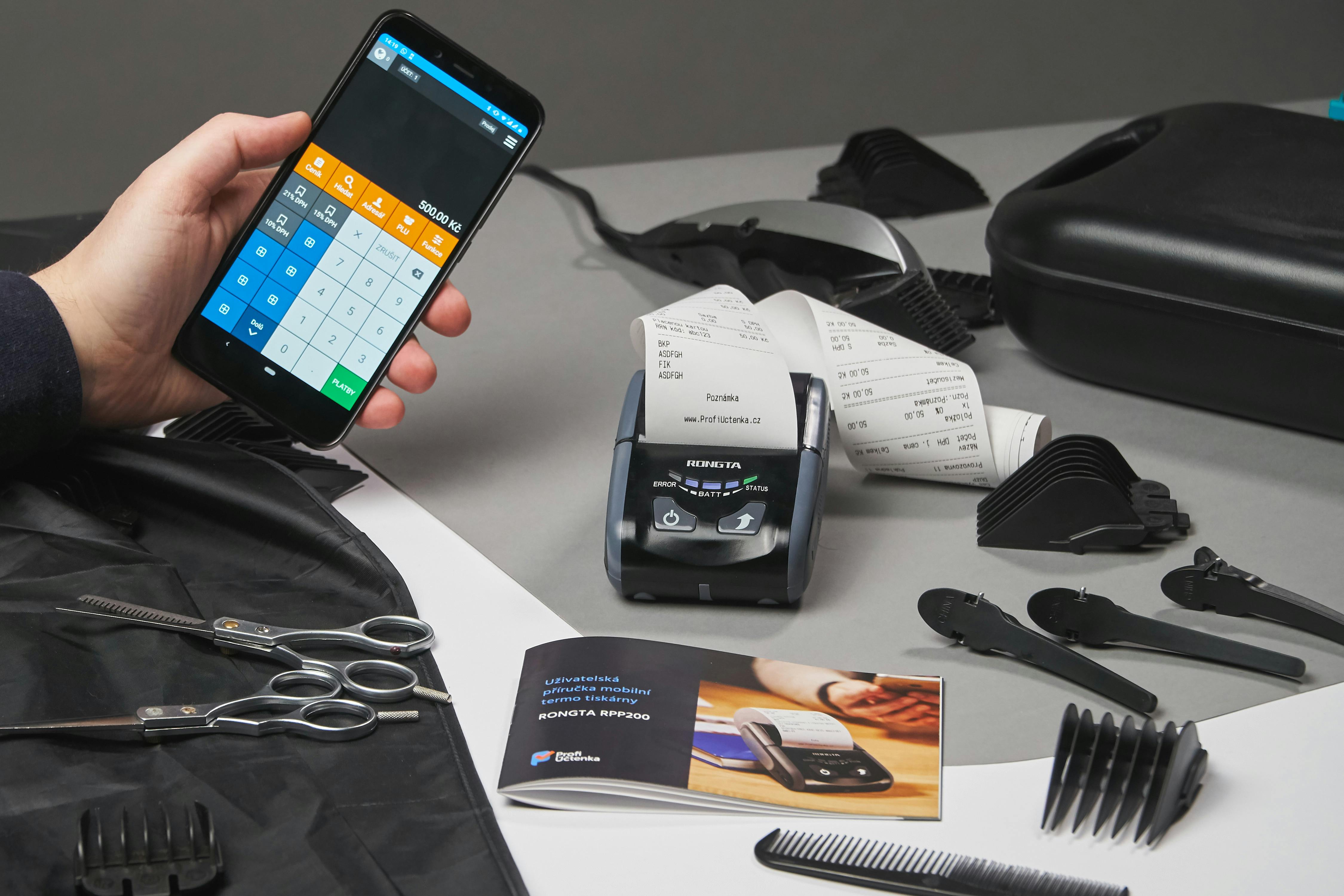Effective Ways to Wax: A Comprehensive Guide for Smooth Skin in 2025
Waxing has emerged as one of the most preferred hair removal methods, offering a longer-lasting smoothness compared to shaving. This guide explores the most effective ways to wax, discussing various waxing techniques, preparation, and post-care tips to help you achieve radiant and silky skin. Whether you are exploring home waxing or prefer professional services, understanding how to wax is crucial for optimal results in 2025.
Understanding Waxing Techniques
There are various waxing techniques utilized to remove hair effectively, and each has its specific applications depending on skin type and area. One primary distinction lies between hard wax and soft wax. Hard wax is often recommended for sensitive areas, as it adheres only to the hair and not to the skin, reducing discomfort. On the other hand, soft wax is better suited for larger areas like legs and arms and typically requires waxing strips for removal.
Different Types of Wax
Choosing the best types of wax can significantly impact your waxing experience. Hard wax, ideal for coarse hair and sensitive skin, tends to peel off easily without irritation. Conversely, soft wax involves applying a sticky layer that can remove hair from finer textures but may cause slight discomfort for some. Moreover, bikini waxing requires specialized formulas designed for sensitive areas, ensuring a less invasive approach while maintaining hygiene.
Waxing Equipment and Supplies
To conduct effective waxing, whether at home or in a salon, proper waxing supplies are essential. Basic equipment includes a wax warmer, spatula for application, and pre-waxing disinfectant. For at-home waxing, consider investing in waxing kits that include everything you need for a DIY experience. Consistency in these methods results in achieving smooth skin while minimizing the likelihood of waxing mistakes.
Pre-Waxing Preparation
Preparation is key when it comes to waxing. Engaging in good waxing hygiene practices can make a significant difference in your experience. Start by exfoliating the skin to remove dead skin cells and allow the wax to grip the hair more effectively; this ensures a smoother removal process. Also, make sure your hair is of the right length—ideally, around a quarter of an inch—to ensure it can be adequately grasped by the wax.
Skin Exfoliation Before Waxing
Performing skin exfoliation before waxing not only promotes hygiene but also encourages better results. Utilise gentle exfoliating scrub or body wash the day before your session. This will help in lifting any fine hairs from the skin surface, ensuring they will easily adhere to the hair removal wax. Remember, fresh, clean skin allows for a more precise and effective waxing experience while reducing the chance of ingrown hairs.
Best Practices for Skin Sensitivity
For those worried about skin sensitivity during the waxing process, waxing for sensitive skin has become more accessible with the advent of inclusive products. Conduct a patch test with a small amount of wax on an inconspicuous area, allowing you to see how your skin reacts. Additionally, using a soothing lotion pre and post-wax can reduce irritation, creating a comfortable and pleasant experience.
Waxing Methods: Home vs. Professional
The choice between home waxing and seeking professional waxing services can vary based on experience level, budget, and personal preferences. Professional salons often offer advanced techniques, better wax types, and skilled practitioners, significantly reducing the risk of waxing fails. However, at-home waxing provides convenience, affordability, and allows one to maintain privacy as preferred.
Investing in Professional Waxing Services
Visiting a waxing salon has its essential benefits. Skilled estheticians can provide insights on the best waxing methods tailored to your specific hair and skin type. Moreover, they can ensure safe practices while minimizing discomfort associated with the process. Research local salons by reading customer reviews or asking for recommendations to find those with satisfactory waxing service.
Mastering DIY Waxing Techniques
For those choosing DIY waxing, understanding how to master application techniques is crucial. Apply wax in the direction of hair growth and remove it against the direction using a quick motion for optimal results. After waxing, remove any residue using a soothing oil designed for waxing purposes. This technique can yield smooth skin while providing the satisfaction of a job well done at home.
Post-Wax Care for Optimal Skin Health
After waxing, the skin requires proper care to maintain its health and smooth appearance. Focus on your post-wax care routine that involves gentle cleansing and application of soothing creams to alleviate any redness or irritation that may occur post-wax. Avoid sun exposure and tight clothing for at least 24 hours to preserve your results.
Waxing and Skin Soothing Practices
Effective waxing aftercare practices such as cooling gels or lotions containing aloe vera can significantly aid in alleviating skin irritation. Consistency in using suitable skincare products post-wax will aid in the recovery of the skin, making it feel calm and rejuvenated. Remember to keep the waxed area moisturized but avoid harsh scrubs or exfoliants immediately after waxing.
Avoiding Waxing Mistakes
Preventing common waxing mistakes is crucial to achieving successful results. Ensure hair is sufficiently long and never wax the same area multiple times in a single session to prevent skin damage. Always maintain cleanliness by using distilled, sanitized tools and making your waxing routine as hygienic as possible.
Key Takeaways
- Choose the appropriate type of wax for your skin and hair type.
- Prepare your skin adequately through exfoliation and hygiene.
- Understand the difference between professional and DIY waxing techniques.
- Implement a proper post-wax care routine for healthy skin.
- Avoid common waxing mistakes for the best results.
FAQ
1. What are the advantages of waxing over shaving?
Waxing provides longer-lasting results compared to shaving. It removes hair from the root, resulting in smoother skin that typically lasts weeks longer. Moreover, waxing can reduce hair growth over time, making it a preferred hair removal option.
2. Is DIY waxing as effective as professional waxing?
While DIY waxing can deliver effective results, professional waxing typically ensures a higher standard of technique and sanitation. Experienced estheticians can provide valuable insights tailored to your specific hair type, and they often use higher-quality products.
3. How often should I wax?
Waxing frequency largely depends on individual hair growth cycles, but typically every 4 to 6 weeks is advisable. Regular waxing can lead to finer regrowth, making the process easier with each session.
4. What should I do before my waxing appointment?
Ensure your hair is the appropriate length—ideally about a quarter-inch long. It’s also beneficial to exfoliate your skin the day before to ensure smooth waxing. Be sure to avoid sun exposure prior to your appointment to prevent sensitivity.
5. How can I manage pain during waxing?
Start by applying numbing creams before your appointment, and try to schedule your waxing sessions when your pain tolerance is naturally higher, such as after ovulation. Breathe deeply and relax during the process to reduce discomfort.
6. Can anyone wax, or is it meant for specific skin types?
Waxing can be suitable for most skin types, but it is essential to assess skin sensitivity, particularly for those with reactive skin conditions. Consulting with a professional can help determine the best waxing techniques for your unique skin type.
7. What are some common mistakes to avoid during waxing?
Common mistakes include not allowing hair to grow long enough, applying wax against the hair growth, or failing to clean the area before waxing. It's also crucial to avoid excessive pressure while removing the wax.
For more detailed information on various hair removal methods, feel free to consult our additional resources on waxing and skincare practices: Link to Hair Removal Options and Link to Waxing Techniques.


